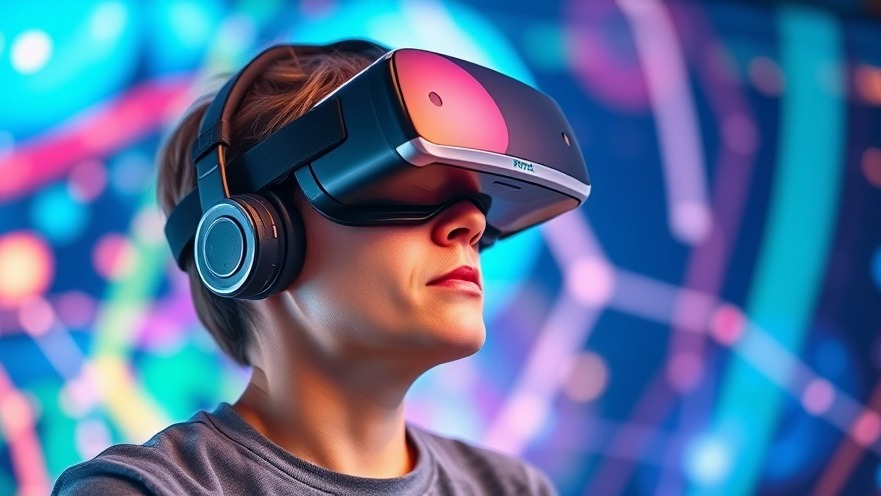
Revolutionizing Stroke Rehabilitation with Collaborative Technology
The integration of cutting-edge technologies into traditional therapy programs has the potential to change the landscape of stroke rehabilitation. A recent study from the University of Reading and Royal Berkshire NHS Foundation Trust illustrates how virtual reality (VR) can significantly enhance recovery outcomes by providing immersive environments for patients to engage in their recovery.
VR in Stroke Rehabilitation: A New Frontier
Stroke leaves many patients with limited mobility, particularly in their upper limbs. Conventional physiotherapy has achieved limited success in restoring these functions. However, researchers have found that combining VR with traditional physiotherapy not only increases patient engagement but also improves arm movements and coordination. The study demonstrated that 18 local patients who participated in the combined therapy showed substantial improvement in arm function, compared to those who only received the traditional treatment.
The Science Behind Virtual Reality Therapy
Dr. Yoshikatsu Hayashi, a leading figure in the study, notes that virtual reality creates an engaging and encouraging environment filled with immersive feedback. This feature aligns perfectly with the principles of neuroplasticity—where the brain's ability to reorganize itself facilitates recovery. In addition, augmented feedback is a key component of VR therapy, allowing patients to receive real-time evaluations on their performance. This measurement-driven approach fosters a tailored rehabilitation process, enabling individual progress tracking.
Enhanced Engagement and Motivation
Participants described the VR-enhanced sessions as both fun and motivating. This aligns with findings from related studies highlighted in existing literature, including a mini-review conducted by scholars at the Lyon Neuroscience Research Center. They underscored that VR promotes repetition in a non-clinical, game-like setting, helping to stave off the boredom that often accompanies traditional therapy programs and improving adherence to rehabilitation schedules. Such immersive experiences have proven essential in motivating patients to practice the movements necessary for regaining functionality.
A Multi-Dimensional Approach to Rehabilitation
Combining traditional physiotherapy with VR also paves the way for more personalized treatment plans. Personalized VR training can adjust the difficulty of tasks based on the patient’s current abilities, ensuring a tailored rehabilitation process that caters to individual needs. For instance, the NeuroR system utilizes mirror therapy in a virtual environment to enhance the patient's experience and encourage the use of the affected arm.
What Lies Ahead: Future Implications of VR in Stroke Rehabilitation
The implications of this technological evolution in rehabilitation extend beyond mere patient recovery; they indicate a shift in how healthcare providers might structure therapy programs. Experts argue for further studies to effectively integrate VR tools into clinical settings for broader adoption. Continued advancements in VR technology could lead to its use in home-based rehabilitation, significantly increasing access to therapeutic practices for stroke survivors.
Conclusion: The Future is Now
The study from the University of Reading represents not just a breakthrough in recovery methods for stroke patients but a call to action for healthcare providers to explore and adopt such innovative therapies. As the medical world continues to embrace technology, the combination of VR with traditional rehabilitation could reshape recovery processes, leading to enhanced outcomes for those affected by stroke. Accessibility, motivation, and measurable progress will ultimately determine the efficacy of these advanced methods.
 Add Row
Add Row  Add
Add 






Write A Comment